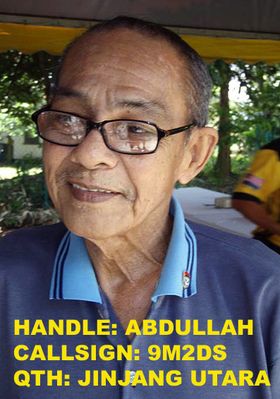The man, who used a radio to send out a call for help, was one of two rescued on Sunday
A series of dots and dashes bouncing off the ionosphere Sunday helped save a hiker stranded on Buck Creek Pass east of Glacier Peak.The hiker who broke his leg used a low-voltage portable radio and Morse code to send out a call to help.
Six hundred miles away in Bozeman, Mont., Robert Williams was testing his ham radio Sunday when he heard the call signal, "W-7-A-U."
Williams replied and quickly learned, in the dashes and dots, that he was talking with a 62-year-old Corvallis, Ore., man, who had slipped and hurt himself in the high Cascades of Western Washington.
"I just happened to be at the same frequency," Williams, 65, said Monday. "It's just a stroke of luck that turned out great."
Williams called 911 and was connected to Snohomish County search-and-rescue officials. He spent much of Sunday and Monday relaying information including GPS coordinates from the hiker to rescuers.
"It was quite an experience," Williams said. "I'm just glad that he was a ham radio operator and that I was able to talk to him. It made the difference for him."
Source: http://www.southgatearc.org/news/
'That the benefits being a ham radio' de 9w2aam






 Berita pemergian
Berita pemergian 



